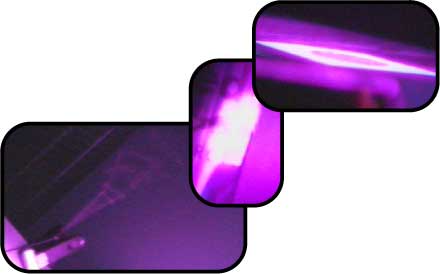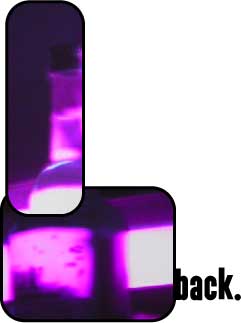
Charlie Chaplin, one of the great forefathers of the silver screen and whom many hold as the great redeemer of Film itself, once said that long shots should be used for comedy and close ups should be used for tragedy. In the way of the classically trained Vaudeville actor, this is completely true. Long shots are ideal for showing action. It proves difficult to identify settings, movement, and direction when all the audience sees is the main character's face or the hands of a clock.

For acts such as Chaplin and Buster Keaton, talents with a very physical comedic style, the gag is lost if the audience cannot see what is going on. For instance, the famous scene in Buster Keaton's 'Sherlock Jr.' in which Keaton jumps through a window and into the dress of an old woman would hardly have created such a stir if the scene was cut into several closer shots, clearly giving opportunity to camera tricks and making it much harder to ensnare the audience with "wow, he really did that!" The same can be said for the old Golden Harvest Bruce Lee films. Many (including myself) hold these classics such as 'Fists of Fury' and 'The Chinese Connection' in higher regard than the typical Hollywood treatment of 'Enter the Dragon' because in his Hong Kong efforts, Lee keeps the shots long to show the audience that yes, he is actually doing this. The fight scenes in 'Enter the Dragon' quickly muddle and bore as the audience can only see half of each opponent or one contender at a time.

If one notices however, after the spectacular display of choreography in which The Dragon takes on a dozen ninja masters, the camera zooms in quickly to catch the very definition of fury in Lee's face. This is where the second half of Chaplin's dictum comes into play. It is extremely difficult to show any sort of complicated emotion in the body; one must do it in the face. We as an audience must be able to see the smile or the frown, the glimmer in the eye or the look of sheer haggardness. Without this, we will not identify with the character and therefore will not care about him.

Although a director can easily and effectively show action and steadily travel through a narrative, all characters soon become faceless and therefore nameless without the identifying technique of close-up. On the other edge of the sword, a film consisting almost entirely of close ups will have no problem in identifying characters and delivering drama, but it will have a hard time getting those exotic locales and intricate settings purveyed, giving the audience no "big picture" to identify with.

As Chaplin saw, a good director needs to utilize both comedy and tragedy. His classic 'City Lights' includes both the hilarious opening shot with his interchange with the statue and the supremely famous closing shot of his modest smile at the blind girl. A film without one or the other is inherently limited.

